Year 10 Creative Media
Curriculum:
- Students will complete Component One.
- Students will develop your understanding of how media products create meaning for their audiences.
- Students will examine existing products and explore media production techniques.
- Students final task will be to produce a written report for your assignment. This will be based on a chosen theme and allow students to examine a number of media products and analyse them.
- Relationships between media products, their audiences and purposes
- Researching media products with both primary and secondary sources
- Media research techniques
- Textual analysis, including personal response
- Audience interpretations of texts according to response and theory
- Identification and analysis of genre in media products
- Narrative themes and concepts
- Representation of characters/places for effect
- Use of stereotypes
- Students will complete Component Two.
- Students will develop and apply skills and techniques in media production processes by creating a media product from the print sector.
- Students will research and identify codes and conventions of magazines in order to apply these to your own project.
- Students will produce a written report with your pre-production material, explaining your rationale and reasoning for certain decisions, before creating the final product.
- Research and developing ideas
- Practical experimentation, including reviewing of ideas
- Pre-production techniques such as mood boards, house styles, thumbnails, sketches and page mock-ups
- Production techniques such as workflow, preparing and managing assets, experimenting with techniques and exporting a final file
- Developing skills for the print sector, ie writing and editing copy, taking photographs, image editing and manipulation and graphics
Subject Overview:
Students in Year 10 have 3 Creative Media lessons each week.
In Year 10, students have 1 piece of homework set every week.
Assessments:
Students are assessed through internally-marked coursework responding to a brief set by the examination board; Component One focuses on analytical skills, whereas Component Two assesses production skills.
They complete practice tasks in the lead up to these assignments in order to develop their skills. There is also opportunity to retake Component One or Two in Year 11, if students wish.

